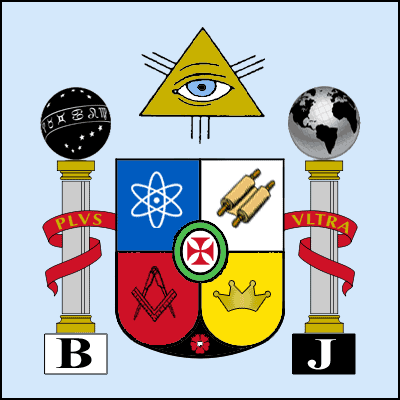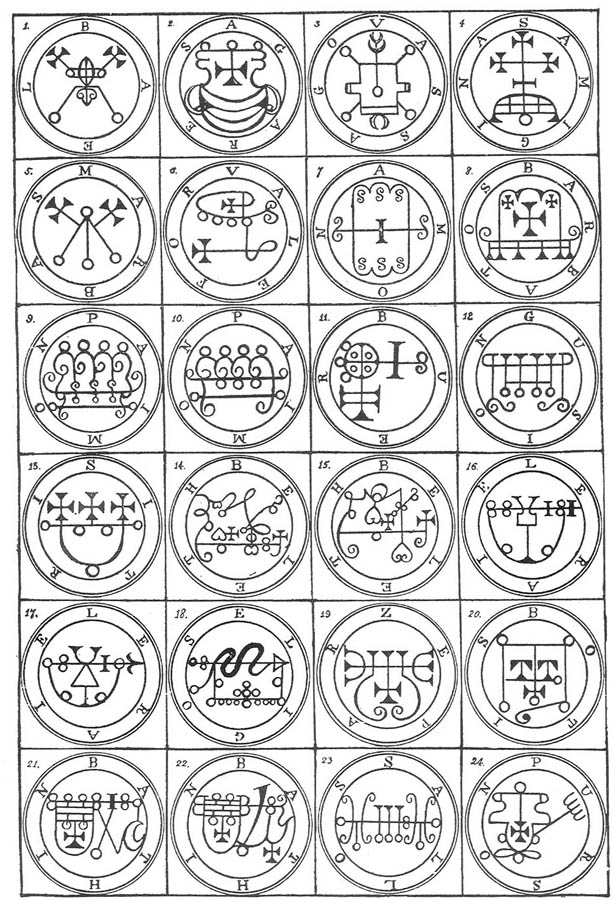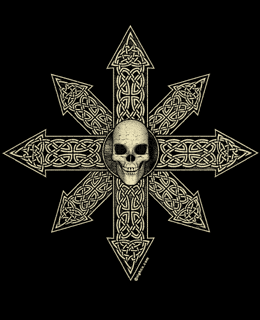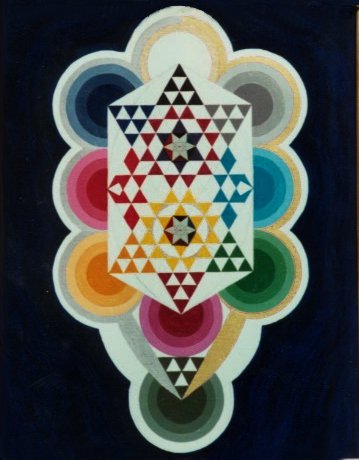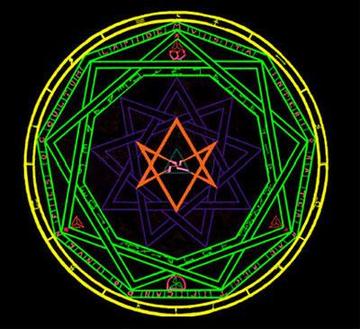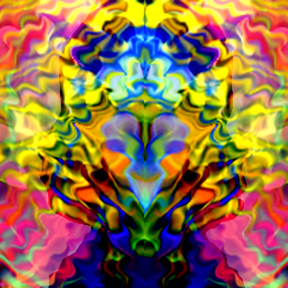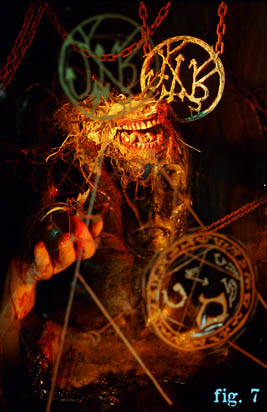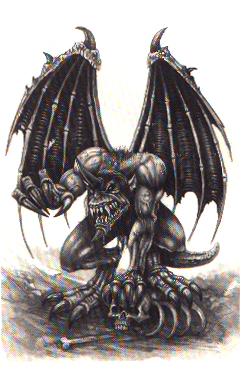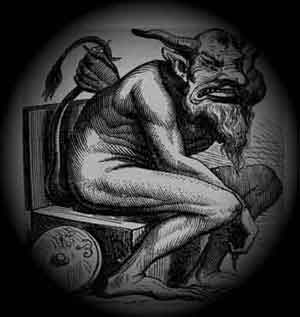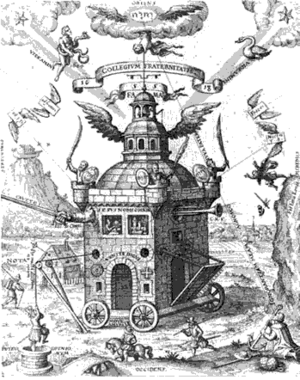Evocation/Conjuration
Invoke "God", evoke daemons
All Pictures are potential links
Magus Books & Herbs - Metaphysical books, herbs, incense, music and ritual supplies.
YHE
Chaos
Chaos magic is a form of magic which was first formulated in West Yorkshire, England, in the 1970s.[1] Through a variety of techniques often reminiscent of Western ceremonial magic or neoshamanism, many practitioners believe they can change both their subjective experience and objective reality, though some chaos magicians dispute that magic occurs through paranormal means.
Although there are a few techniques unique to chaos magic (such as some forms of sigil magic), chaos magic is often highly individualistic and borrows liberally from other belief systems. In this way, some chaos magicians consider their practice to be a form of paradigm piracy. Some common sources of inspiration include such diverse areas as science fiction, scientific theories, ceremonial magic, shamanism, Eastern philosophy, world religions, and individual experimentation. Despite tremendous individual variation, chaos magicians often work with chaotic and humorous paradigms, such as the worship of Hun Tun from Taoism or Eris from Discordianism.
Qabala
Hermetic Qabalah ( from the Hebrew ÷ÇáÈÌìÈä "reception"), is a Western esoteric and mystical tradition. It forms the underlying philosophy and framework for magical societies such as the Golden Dawn and Thelemic orders, mystical societies such as the Builders of the Adytum and the Fellowship of the Rosy Cross, and is a precursor to the Neopagan, Wiccan and New Age movements.
It draws on a great many influences, most notably: Jewish Kabbalah, Western astrology, tarot, alchemy, pagan religions (especially Egyptian and Greco-Roman), neoplatonism, gnosticism, the Enochian system of angelic magic of John Dee, hermeticism, rosicrucianism, Freemasonry, and tantra. It differs from the Jewish form in being a more admittedly syncretic system, however it shares many concepts with Jewish Kabbalah.
It is most often transliterated with a 'Q' rather than a 'K' or a 'C', distinguishing it from Jewish Kabbalah and Christian Cabbalah.
Thelema- Qabalah -MagickImage title would go here.
Astral Being
Wormwood Devil
Image title would go here.
Image title would go here.
Evocation in the Western mystery tradition first use of the term evocation was for the religious/magical practice of calling the tutelary deities of a city out of it so attackers could succeed in their conquest. The deity in question was promised worship by the attackers in the future. The calling forth of spirits was a relatively common practice in Neoplatonism, theurgy and other esoteric systems of antiquity. In contemporary western esotericism, the magic of the grimoires is frequently seen as the classical example of this idea. Manuals such as the Greater Key of Solomon the King, The Lesser Key of Solomon (or Lemegeton), the Sacred Magic of Abramelin the Mage and many others provided instructions that combined intense devotion to the divine with the summoning of a personal cadre of spiritual advisers and familiars. The grimoires provided a variety of methods of evocation. The Spirits are, in every case, commanded in the name of God - most commonly using cabalistic and Hellenic 'barbarous names' added together to form long litanies. The magician used wands, staves, incense and fire, daggers and complex diagrams drawn on parchment or upon the ground. In Enochian magic, spirits are evoked into a crystal ball or mirror, in which a human volunteer (a 'seer') is expected to be able to see the spirit and hear its voice, passing the words on to the evoker. Sometimes such a seer might be an actual medium, speaking as the spirit, not just for it. In other cases the spirit might be 'housed' in a symbolic image, or conjuring into a diagram from which it cannot escape without the magician's permission. While many later, corrupt and commercialised grimoires include elements of 'diabolism' and one (The Grand Grimoire) even offers a method for making a pact with the devil, in general the art of evocation of spirits is done entirely under the power of the divine. The magician gains authority among the spirits only by purity, worship and personal devotion and study.
In more recent usage, evocation refers to the calling out of lesser spirits (beneath the deific or archangelic level), sometimes conceived of as arising from the self. This sort of evocation is contrasted with invocation, in which spiritual powers are called into the self from a divine source. Important contributors to the concept of evocation include Henry Cornelius Agrippa, Francis Barrett, Samuel Liddell MacGregor Mathers, Aleister Crowley, Franz Bardon and Kenneth Grant. The work of all of these authors can be seen as attempts to systematize and modernize the grimoiric procedure of evocation. Only more modern authors, such as Peter Carroll, have attempted to describe evocation in a way independent enough from the grimoiric tradition to fit similar methods of interaction with alleged supernatural agents in other traditions. [edit] Comparable practices elsewhere In a wider sense, evocation is the magical art of calling forth spirits, angels or demons to bring spiritual inspiration, do the bidding of the magician or provide information. Methods for the attainment of this exist in most or all cultures that feature a belief in spirits, such as the shamanic traditions. Daoism, Shintoism, Spiritism and the Afro-American religions (Santeria, Umbanda etc.) have particularly sophisticated systems of evocation. Even the various forms of Christian and Islamic exorcism can be considered evocations in this sense, albeit relatively simple ones. Religions that use this type of ritual are often misjudged and criticized by monotheists as potentially Satanic. However, this is not true from the viewpoint of study of religion. Evocation is a practice held sacred by societies such as the American Indian Tribes, most ancient religions and even the Jews in biblical times. This rite is not a "secret" in the society. It is common, practiced openly and frequently not distinguishable from prayer
Shedim
Shedim are demons or spirits, according to Jewish mysticism. Some are reputed to have had the legs of a cock.
These beings are allegedly mentioned in Psalms 106:37, although biblical translations use the word "demons". Theoretically, sinful people sacrificed their daughters to the shedim, but it is unclear if the sacrifice consisted in the murdering of the victims or in the sexual satisfaction of the demons. To see if these demons were present in some place, ashes were thrown to the ground or floor, and then their footsteps became visible.
According to one legend the shedim are descendants of serpents (supposedly of demons in the form of serpents, as Satan is alluded to in the Hebrew Bible's serpent at Genesis), meanwhile to others they are descendants of Adam and Lilith. Another legend said that God did not complete their creation because he was resting during the Sabbath, and then forgot them completely.
The shedim are supposed to follow the dead or fly around graves.
This word is a plural, and although the nature and appearance of these dangerous Jewish demons is very different according to one of the legends, the name was surely taken from shedu. It was perhaps due to the fact that the shedu were often depicted as bulls, and this was associated with the sacrifices made in honour of other gods depicted as bulls or wearing bull's horns like Moloch and Baal, and to the fact that Pagan deities were easily turned into demons by monotheistic religions.
Demon

Image title would go here.
Image title would go here.
Image title would go here.
